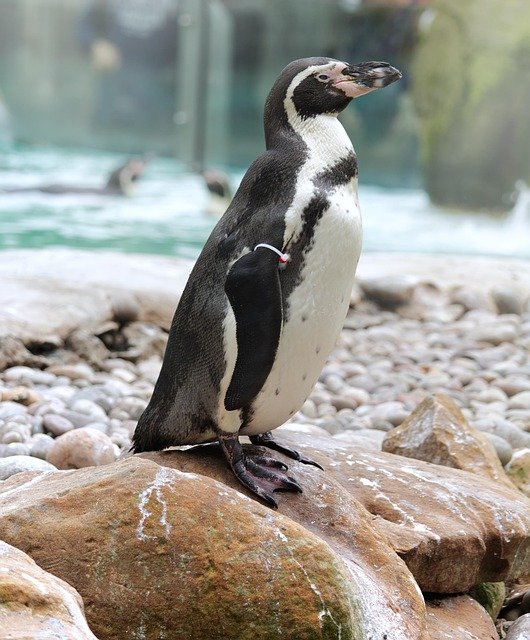**Topic: "The Social Structure of Penguin Colonies: How Community Dynamics Influence Survival"** In

The Social Structure of Penguin Colonies: How Community Dynamics Influence Survival
Penguins, those charming flightless birds of the Southern Hemisphere, are not just known for their waddling gait and tuxedo-like appearance; they also exhibit fascinating social structures that play a crucial role in their survival. Understanding the dynamics of penguin colonies provides insights into how these remarkable creatures thrive in some of the harshest environments on Earth.
The Importance of Community
Penguins are highly social animals that rely on their colonies for various aspects of their lives, including breeding, foraging, and protection from predators. The social structure within a penguin colony can significantly influence individual and collective survival rates.
1. Breeding and Nesting
During the breeding season, penguins gather in large colonies to mate and raise their chicks. The proximity of individuals fosters social interactions that are essential for:
- Mating Displays: Males often engage in elaborate courtship displays to attract females, and the presence of a larger group can enhance these displays, increasing mating success.
- Shared Nesting: Penguins often nest in close proximity, which can provide warmth and protection for eggs and chicks. The collective effort of the colony helps to maintain a stable microclimate that is vital for the developing embryos.
2. Foraging Efficiency
Foraging for food can be a daunting task in the frigid waters where penguins hunt. By living in colonies, penguins can take advantage of social foraging strategies:
- Information Sharing: Penguins often communicate with each other about the location of food sources. This sharing of information allows individuals to maximize their foraging efficiency, resulting in higher food intake for the colony.
- Safety in Numbers: Foraging in groups reduces the risk of predation. When penguins hunt together, they can better defend against predators like seals and birds of prey.
3. Chick Rearing
The communal nature of penguin colonies extends to chick rearing, where adults often share responsibilities:
- Guarding and Feeding: While one parent forages for food, the other can stay behind to guard the chicks. In some species, adults will even take turns caring for chicks, ensuring they are fed and protected.
- Social Learning: Young penguins learn essential survival skills by observing adults and older chicks. This social learning is vital for their development and increases their chances of survival.
Hierarchical Structures
Within penguin colonies, social hierarchies often emerge, influencing individual behaviors and interactions. Factors such as age, experience, and physical condition can determine an individual's status within the group:
- Dominance Hierarchies: More dominant penguins may have better access to food and breeding opportunities, while subordinates may have to work harder to compete for resources.
- Cooperative Behaviors: In some species, cooperative behaviors can emerge, where individuals assist one another in foraging or defending against threats, enhancing the overall fitness of the colony.
Conclusion
The social structure of penguin colonies is a complex web of interactions that significantly impacts their survival. From breeding and foraging to chick rearing, the dynamics within these communities are essential for thriving in their challenging environments. Understanding these social structures not only enriches our knowledge of penguins but also highlights the importance of community dynamics in the survival of species across the animal kingdom. As we continue to study these remarkable birds, we gain valuable insights into the interconnectedness of life and the vital role social structures play in the natural world.
References
- Penguin Conservation: The Importance of Social Structure
- Foraging Strategies in Social Animals
- The Role of Social Learning in Animal Behavior
Feel free to share your thoughts or experiences related to penguin colonies in the comments below! 🐧

Upvoted! Thank you for supporting witness @jswit.